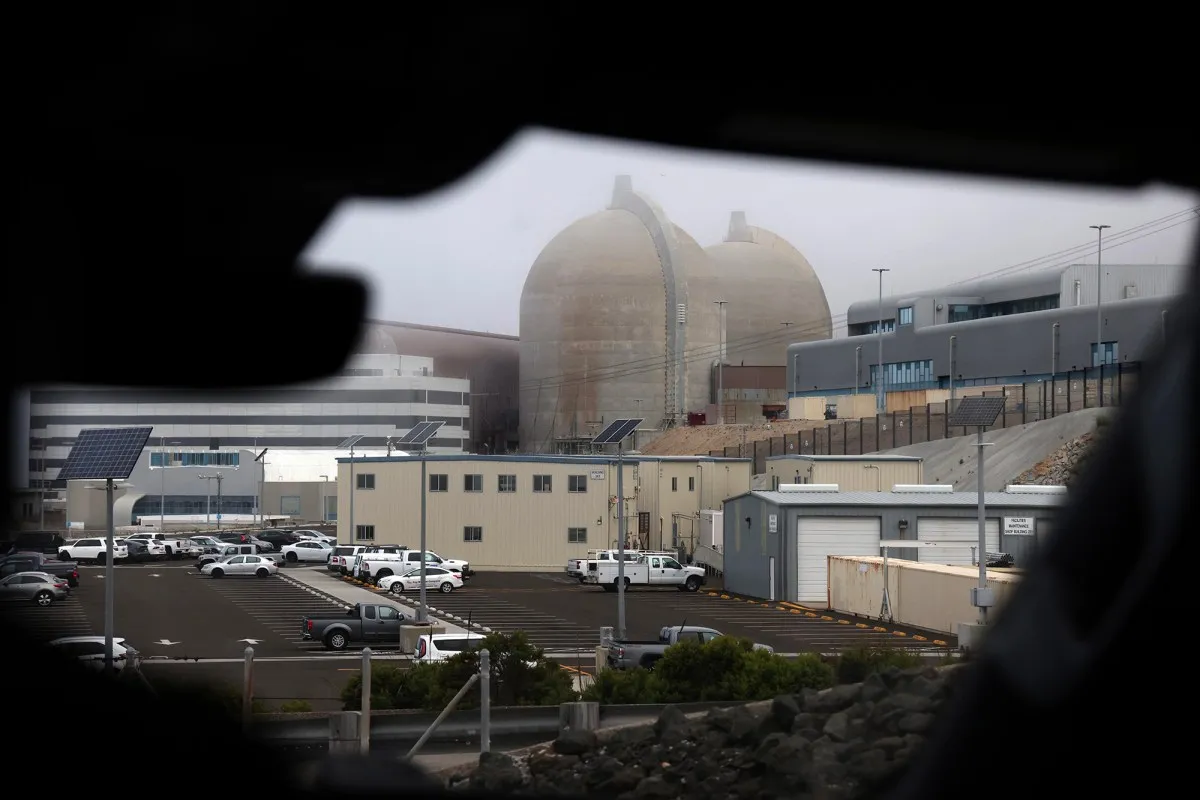PG&E and the Controversy Surrounding Nuclear Plant Funding
Pacific Gas and Electric Company (PG&E), one of the largest utility companies in California, has come under scrutiny recently for its fee structure that supports the operations of the state’s last nuclear power plant, Diablo Canyon. This raises significant questions about transparency, the allocation of funds, and the overall impact on California’s energy landscape. As customers grapple with rising energy costs, the necessity of this fee and its implications become a hotly debated topic.
The Fee in Question
At the heart of the matter is a fee that PG&E collects from its customers, ostensibly aimed at funding support systems for Diablo Canyon, California’s last remaining nuclear plant. While nuclear energy is often heralded for its low emissions and capacity for base-load energy supply, the funding mechanisms behind it can often be opaque and contentious.
This fee is collected as part of the rate structure that customers pay for their electricity bills. Proponents argue that maintaining the operational viability of Diablo Canyon is essential for California’s energy security, especially as the state grapples with increased reliance on renewable energy sources that can be less predictable and stable. However, critics have characterized the fee as a slush fund, implying that the costs may not be directed solely toward the nuclear plant but rather funneled into various projects that do not serve the immediate needs of consumers.
Public Perception and Trust Issues
Public trust in utility companies like PG&E has already been eroded over the years due to various incidents involving safety issues, fires linked to downed power lines, and controversies around pricing structures. This latest initiative regarding the nuclear support fee has only exacerbated the skepticism. As energy prices rise, many customers question why they are subject to additional charges that do not have clear accountability or defined benefits.
The sentiment among the public is compounded by a growing awareness of the environmental and economic implications of nuclear energy. While some see it as a reliable alternative, others remain cautious, advocating for a faster transition to fully renewable energy sources. This ongoing debate puts PG&E in a precarious position where they must balance regulatory expectations, customer concerns, and environmental realities.
Discount Programs for Customers
<pIn response to customer grievances, especially amid rising living costs, PG&E has taken recent steps to expand its Family Electric Rate Assistance (FERA) program. This initiative aims to provide financial relief to households in California that meet specific income eligibility requirements. As part of its efforts to create a more inclusive and supportive energy framework, PG&E now offers discounts to a broader range of customers, allowing more families to benefit from reductions on their monthly electricity bills.
The expansion of the FERA program comes at a time when many households face severe economic pressures, particularly low-income residents who may be hit hardest by escalated utility bills. While the program is a step in the right direction, questions remain regarding its reach and effectiveness; how many truly needy families benefit from such initiatives?
The Broader Implications for California’s Energy Policy
As California seeks to meet its ambitious climate goals, the role of PG&E and the policy decisions surrounding nuclear energy and financial support structures are pivotal. The state has pledged to achieve a 100% clean energy grid by 2045, aiming to rely heavily on renewable sources such as wind and solar energy. However, transitioning away from traditional energy sources necessitates a well-planned strategy that ensures stability and reliability for all residents.
The question of whether to maintain support for Diablo Canyon amid these transformative changes remains a divisive topic. Advocates argue that the stability offered by nuclear energy is crucial during the transition period, while opponents suggest that resources should be diverted immediately into renewable initiatives, potentially sacrificing long-term reliability for short-term gains.
The Future of PG&E and Nuclear Power in California
Looking ahead, PG&E faces the challenge of navigating both regulatory landscapes and public expectations. Continuing to collect the nuclear support fee without clear communication and justification risks further alienating customers and stakeholders. Increased transparency about how these funds are utilized will be essential in regaining trust among the utility’s customer base.
As stakeholders engage in dialogue about the future of nuclear power in California, it is crucial for PG&E to prioritize a balanced approach that considers consumer interests, environmental impact, and energy security. Failure to do so could lead to escalating tensions and challenges in meeting the future energy demands of a rapidly changing state.
Conclusion
The discussion surrounding PG&E’s nuclear support fee highlights broader considerations for the future of energy in California. As debates rage on about the merits of nuclear versus renewable energy, the voice of the customer must remain front and center. Ultimately, the strategy adopted at this crossroad will shape the state’s energy landscape for years to come.
In light of this situation, it is essential for all stakeholders—including government regulators, environmental advocates, and utility companies—to work collaboratively towards solutions that prioritize sustainability, affordability, and public trust. As California moves forward, a clear and cohesive energy policy will be crucial in navigating the complexities of an evolving energy paradigm.







